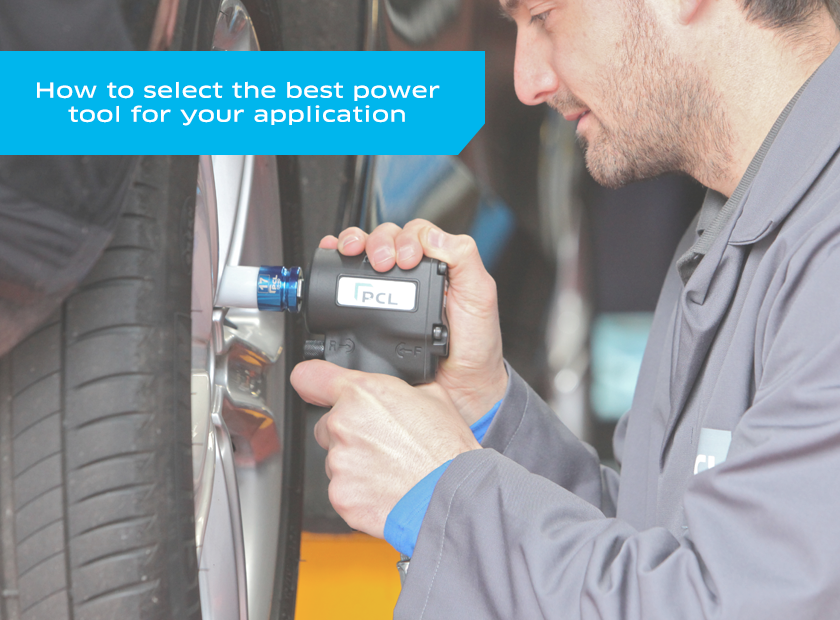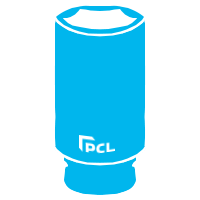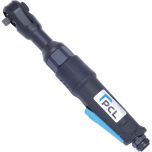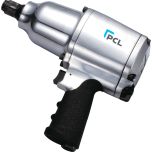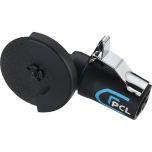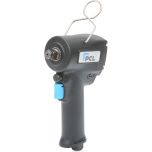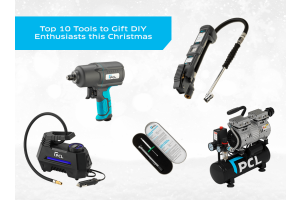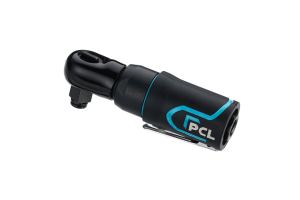Does my power tool need to be pneumatic?
Deciding whether or not a pneumatic tool is the right choice for you will ultimately depend on the following:
Do you need a high performance tool?
Air tools use simple air motors or pistons rather than an electric motor, making them considerably lighter than electric tools, with a high power to weight ratio. Therefore, if high performance and all-day use are key factors, air tools deliver the best results and reduce user fatigue.
What is your working environment like?
Air tools are quite slim compared to electric tools, which have bulky motors. This makes them ideal for areas where space is limited, or in cramped locations, for example when working on cars.
Air tools are also easy to switch over on the airline, with no need to keep plugging them into an AC socket or down tools when an extension lead won’t reach. This enables the user to get jobs done more quickly and conveniently.
Do you have easy access to compressed air?
If you don’t already have an air line there will be the initial expense of setting one up to use air tools. However, pneumatic tools provide lower ongoing maintenance costs than electric tools as they have fewer working parts that can go wrong. This can result in long-term savings.
If you have decided that a pneumatic tool is right for you, then there are a range of tools you can select from:
- Impact wrenches
- Impact ratchets
- Drills
- Screwdrivers
- Grinders
- Body Saws
- Cutting tools
- Sanders
- Grease guns
- Nail & Staple Guns
- Air Hammers
|
|
|
|
|
|
|
Drive SizeIf purchasing an impact wrench or ratchet, you will need to consider the drive size. The most powerful Impact Wrenches tend to be 3/4 or 1 inch, and are commonly used in industrial applications such as construction and large tyre applications. Whichever size you decided, remember to always select the right impact socket. |
 |
Free SpeedFree speed is important when purchasing air tools such as Grinders and Sanders, the required speed (rpm) will be determined by the application. |
 |
WeightIf you plan to use the air tool over long periods, it is important to select a well-balance tool that is comfortable and lightweight enough to hold over several hours. |
SoundProlonged exposure to loud noise can result in irreversible damage to your hearing, therefore if you plan to use the tool over long periods it is recommended to select a tool with lower noise levels where possible. Hearing protection must always be worn for exposures above 85 dBa. |
|
 |
VibrationFor a safer and more comfortable experience, opt for a lower vibration level if you plan to use the tool over long periods regularly as high exposure to hand-arm vibration can lead to permanent health effects. |
 |
Compressor tank sizeConsider how you are going to power the tool and ensure that the compressor is suitable for the tool and application. See our handy guide to selecting the right compressor for more details. |



